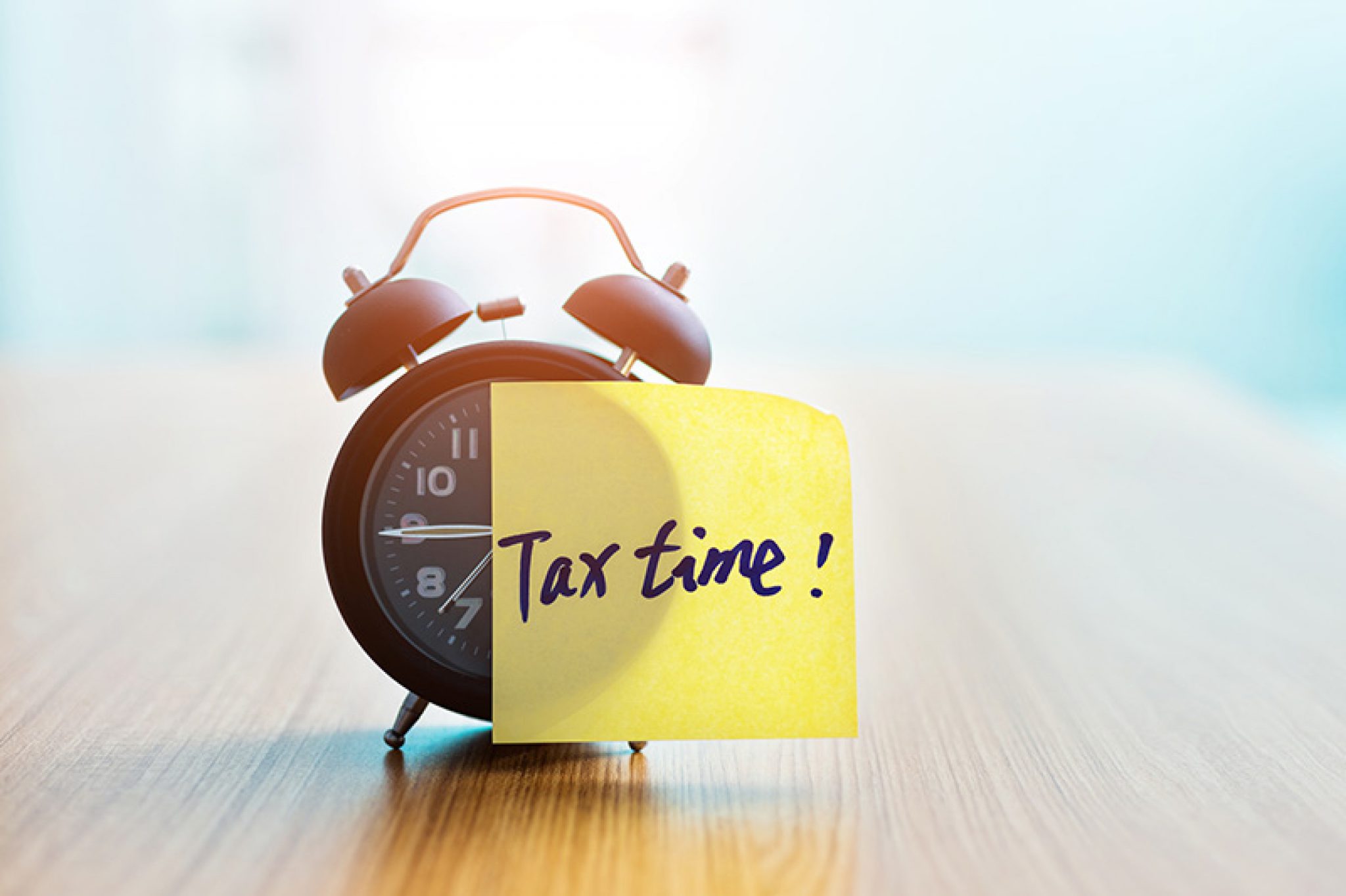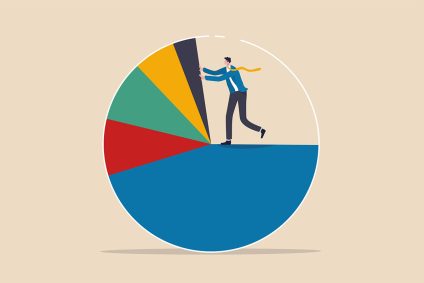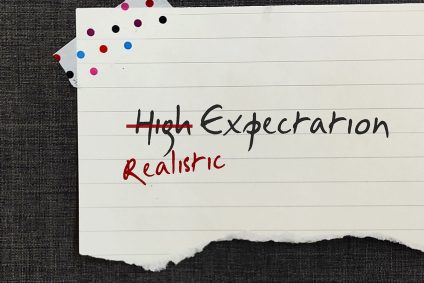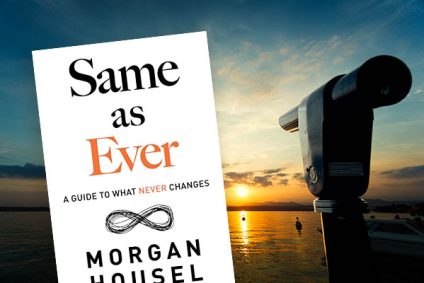Whether you work with an accountant or prefer to DIY, tax return season can be a busy time.
You have until 31st January to submit your tax return online and settle your outstanding tax bill for the previous tax year. This gives you more than eight months to gather your statements and do the necessary sums.
But why leave it until the last minute? There are several reasons to submit your tax return early in the new tax year:
- Avoiding time pressure reduces the chance of errors.
- You will have more time to put the information together and end of tax year statements will be freshly produced rather than languishing at the bottom of your inbox.
- You will also have longer to correct any errors that do arise.
- If you are due to receive a refund from HMRC, it will be with you more quickly.
- It can help to ensure that your July payment on account is more accurate.
- Even if you submit your return early, you don’t need to pay the tax immediately. This can give you more certainty over your cashflow for the coming year.
- Your accountant will thank you for making their life easier rather than waiting until January.
So, what information will you need to submit your tax return?
Earnings from Your Business or Employment
If you are employed, the requirements are relatively simple:
- You will need a copy of your P60 from your employer. This includes your earnings for the tax year and the tax that has been deducted.
- If you have more than one employer, you will need a P60 from each of them.
- You may also need to provide a P11D if your employer provides any taxable benefits in kind.
- If you changed jobs part-way through the tax year, you should also include your P45 from your former employer.
If you are self-employed, you will need:
- Business bank statements
- Records of invoices issued
HMRC do not usually need to see your business records, unless they decide to carry out an investigation. However, it is worth keeping as full and as accurate a record as possible, to avoid confusion and reduce the chance of errors.
Expenses
- If you are self-employed, it’s important that you keep accurate details of your expenses. You can claim for materials, stock, staff costs and many other expenses.
- You can also claim mileage at a rate of 45p per mile (up to 10,000 miles) and 25p per mile over that amount, so it’s worth logging the details of any business trips.
- Smaller businesses may be able to claim the tax-free trading allowance. This is currently £1,000 per year and does not require an itemised list of costs.
Pensions
- On a personal tax return (self-assessment) you only detail personal pension payments, but even though you will have paid them net of basic rate tax, you enter the gross figure for the year. E.g. If you pay £800 pm net, this grosses up to £1,000 at source, so 12 x £1000 = £12,000 and this is what you put in your tax return.
- You do NOT include any employer pension payments in your personal tax return.
- Tandem Financial can provide you with the total gross pension payments that you have made, or you can login to your respective wrap platform on-line and download it.
- If you are a higher rate or additional rate taxpayer, you can claim additional tax relief at your marginal rate. HMRC will either inflate your tax code to reflect this, or you can specifically ask them to pay your marginal rate of tax relief back to you as a lump sum!
- If you have exceeded the allowable allowance for the tax year 2020-2021, any tax on the excess will also be collected through your tax return, so it is important to maintain an accurate history.
- You are responsible as the individual for declaring this excess to HMRC and paying back income tax at your marginal rate.
- If you receive a pension from a company or investment provider, you will receive a P60 in the same way as an employee.
- You may also receive a P45 if you transfer your pension to another provider during the tax year.
- The State Pension is not taxed at source but is included within your taxable income and used to calculate your tax code. You will either need your State Pension statement or a record of State Pension payments arriving in your bank account.
Charitable Donations
- Charitable donations are an allowable business expense.
- However, even if you don’t run a business, you can claim tax relief on your charitable gifts.
- For basic rate taxpayers, this is achieved through the Gift Aid system. The charity can claim an additional £20 in tax relief for every £80 gifted.
- Higher and additional rate taxpayers can claim further relief through Self-Assessment.
- You should keep a record of your charitable donations as this can reduce the amount of tax you pay.
Student Loan
- Many types of Student Loan collect repayments through the tax system.
- If this applies to you, you will need to tick a box on your tax return and confirm any repayments already deducted from your employer.
- It’s sensible to keep copies of your Student Loan statements to ensure that your repayments stop when the loan is cleared.
Cash Accounts
- At the end of the tax year, you should receive a statement from your bank confirming how much interest you have received.
- This may not be taxable if it falls within your personal savings allowance or starting rate for savings. However, you do need to have a record of it to establish your total income.
- You do not need to include the interest received from Cash ISAs or prizes received from Premium Bonds.
Direct Securities (e.g. Shares, Corporate Bonds and Gilts)
- You will need a record of the income you have received from any investments based in the UK and abroad.
- This may include dividends from shares or coupons from fixed interest securities e.g. Corporate Bonds, Government Bonds (Gilts) or Fixed Rate Savings Bonds.
- You should receive a statement as and when income is produced, so it is important to keep these or ask your nominee company for copies.
- You will need to separate UK and foreign income in your tax return.
- N.B. Some NS&I accounts are liable to income tax, so be sure to include this income on your tax return if relevant.
Investment Income:
- If you have a General Investment Account, you should receive a consolidated income statement after the end of the tax year. These are usually produced in late April, early May.
- This will show how much you have received in interest (from cash and bonds), dividends (from equities), property income or REIT income, and overseas (offshore reportable) income from your investments.
- This avoids the need to work out the income received from each investment individually, which can be particularly difficult if the income has been reinvested.
- This information is available via your Annual Report. Or get in touch with one of the Tandem team and we can supply this to you.
- If you have any directly held shares, you should not the dividend income from them and include this on your tax-return.
- You do NOT include any income or gains from ISAs in a tax-return as they are all tax-free.
Investment Bonds
- You only need to declare income from UK or offshore bonds if you have incurred a chargeable gain, for example by taking withdrawals. Chargeable gains on bonds are liable to income tax.
- If a chargeable gain does arise, your bond provider should issue you with a certificate that can be used to complete your tax return.
- Offshore bond gains should be included in the ‘Foreign’ section of your tax return along with overseas dividends.
Property
- You will need a record of rental income and any expenses incurred in running a buy-to-let property.
- If the property is mortgaged, you will also need a copy of the loan statement. You can only claim relief on loan interest up to the level of basic rate tax.
Capital Gains Tax
If you have disposed of any shares, funds, or property during the tax year, you will also need work out the gain (called the ‘realised gain’) you have made as part of your tax return. This applies whether you have sold the investment or gifted it to someone other than your spouse or a charity.
To calculate your gains, you will need:
- Details of the original amount paid for the investment. For shares or funds, this can be difficult to work out yourself, especially if dividends have been reinvested over the years. Your investment provider should be able to help, or feel free to ask one of the Tandem team if via one of our preferred wrap platforms.
- If you inherited the asset, you will need the probate value.
- If you cannot obtain details of the initial cost, or you received the asset for free (for example, windfall shares), you will need to use a base cost of nil.
- Any costs incurred in buying or selling the asset.
- The disposal proceeds. This is either the sale value or the market value. The latter applies if you have gifted the asset or sold it for less than it’s worth to a connected party.
Please don’t hesitate to contact a member of the Tandem Financial team if you have any questions, or if you need copies of your pension and investment statements to complete your tax return.




